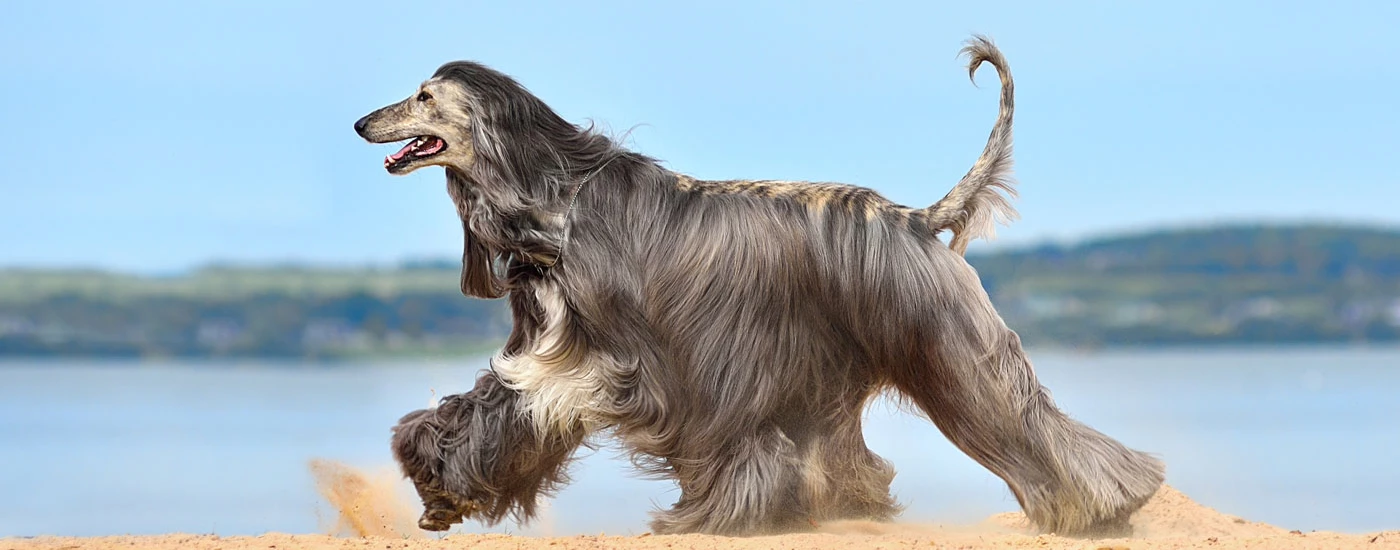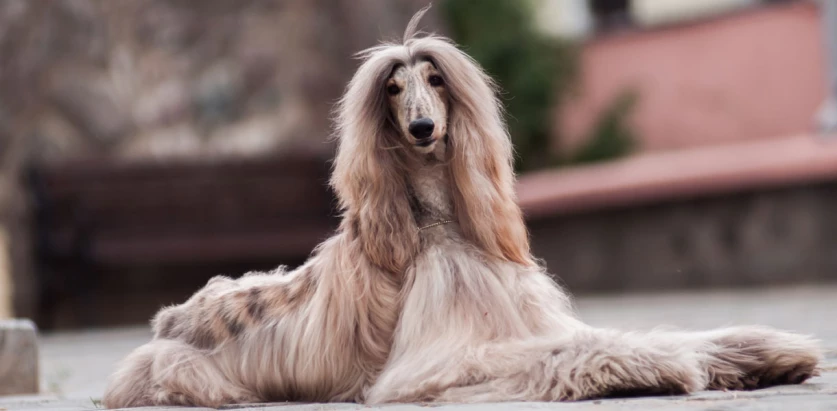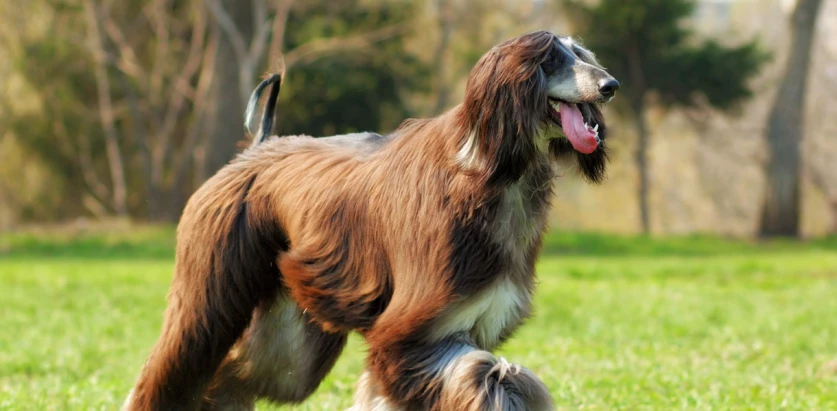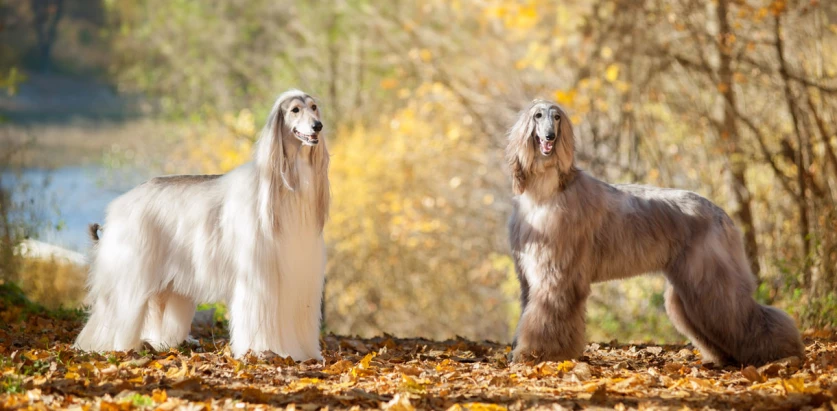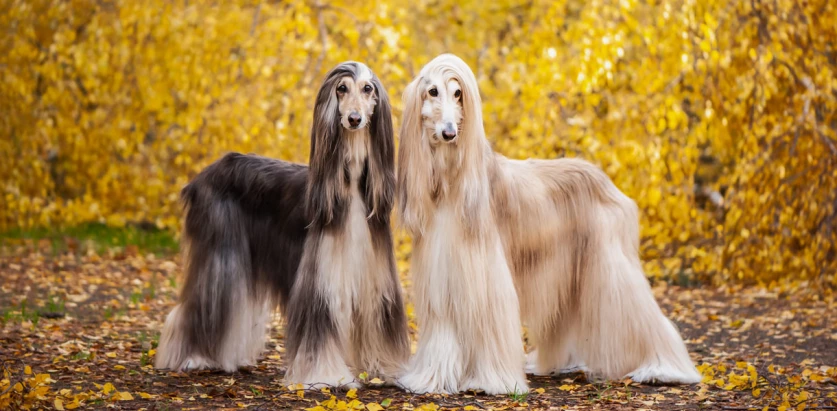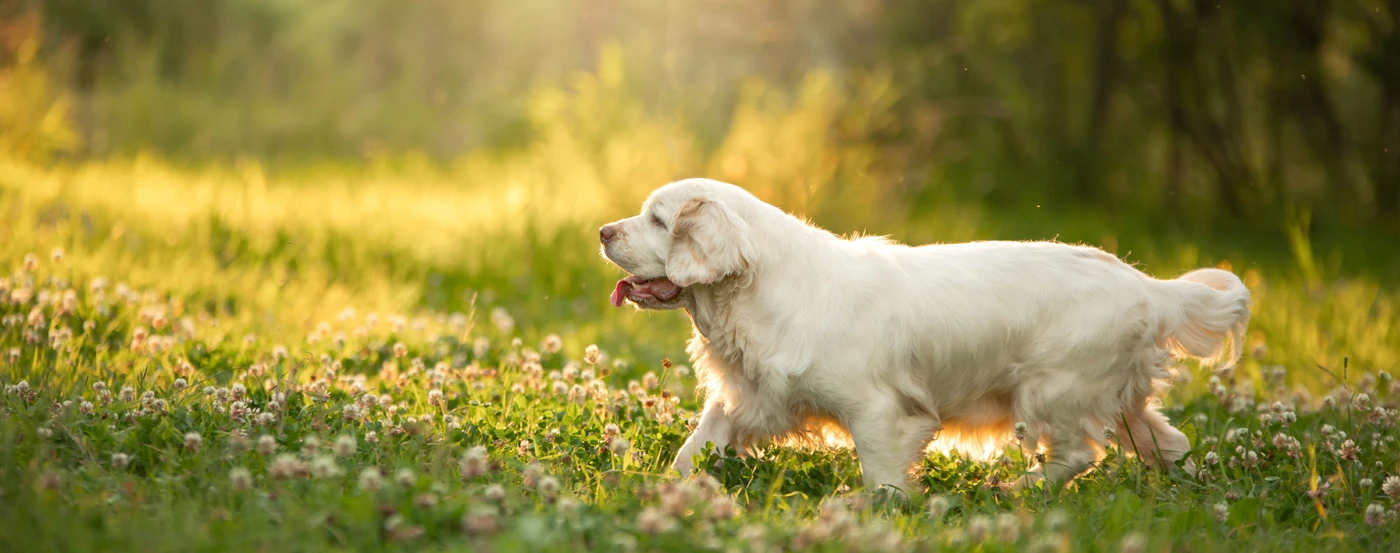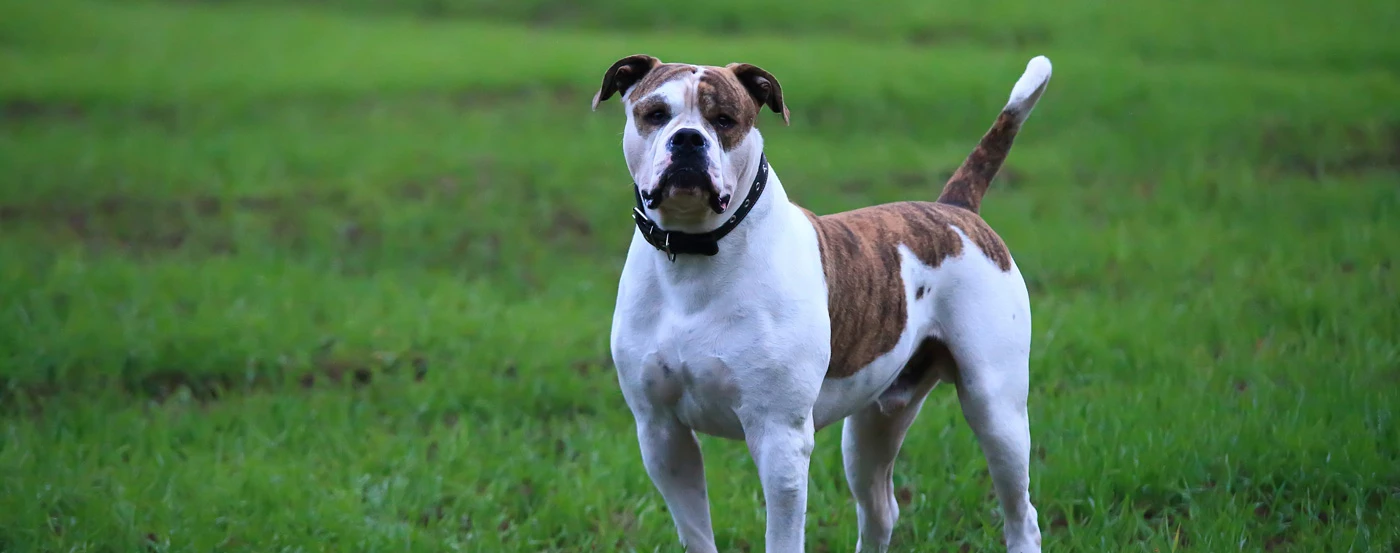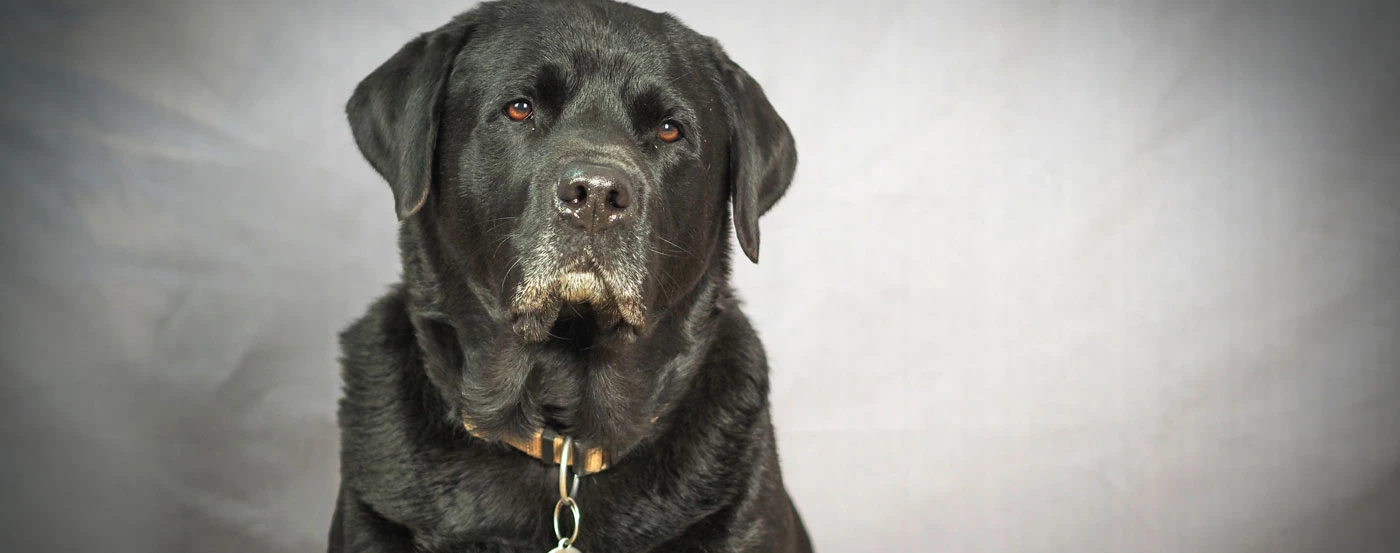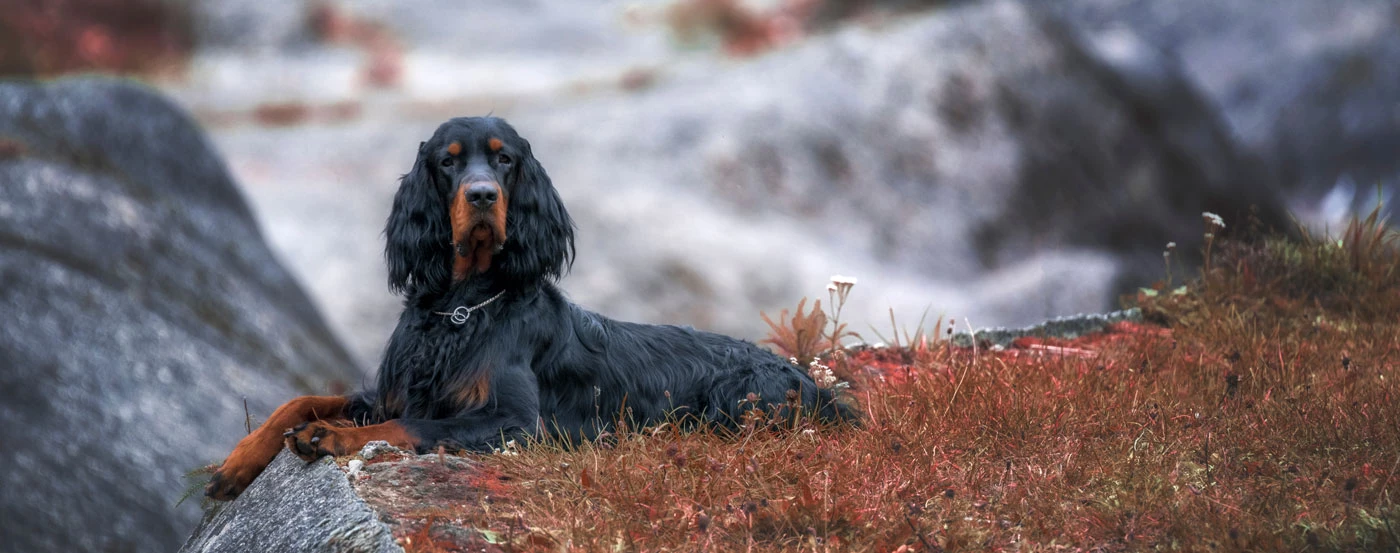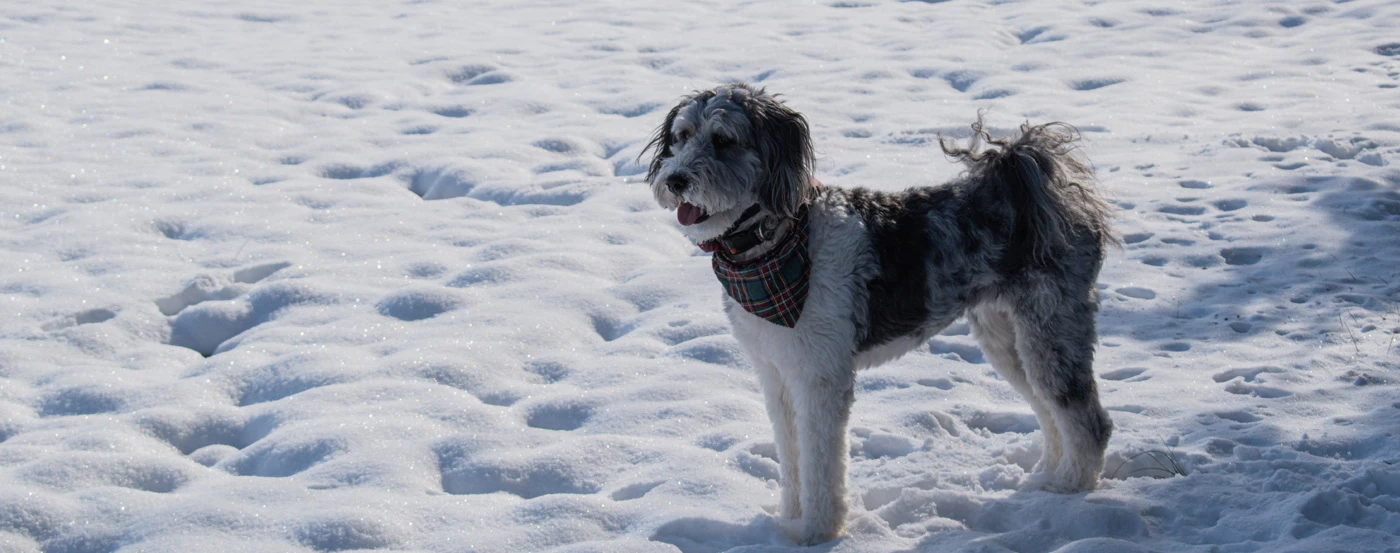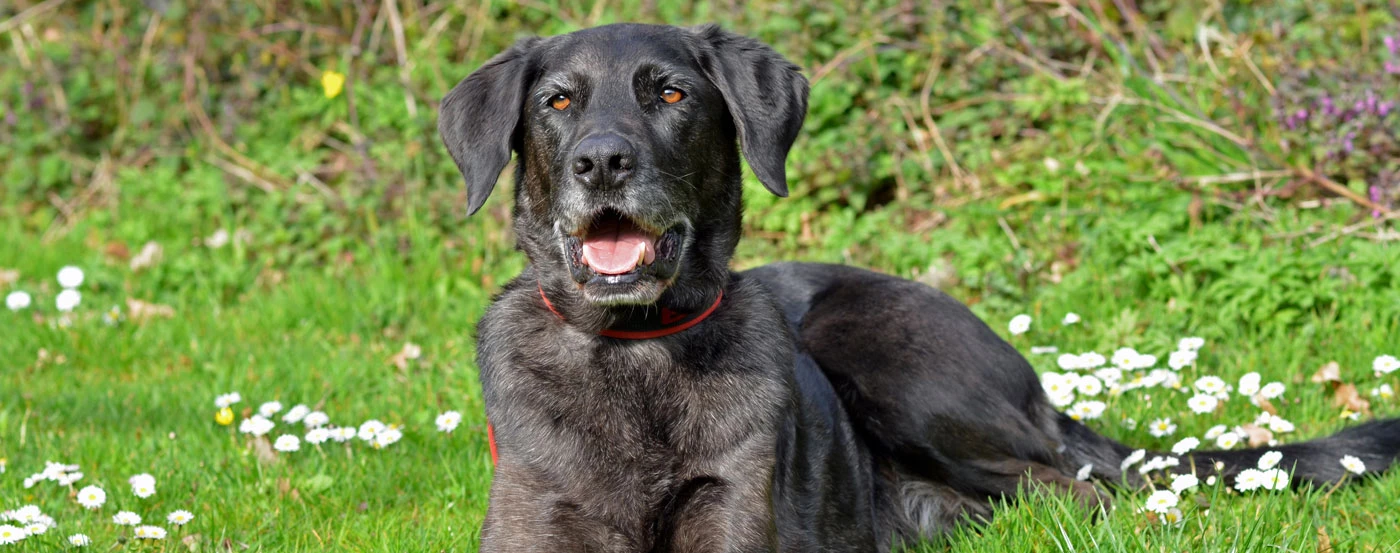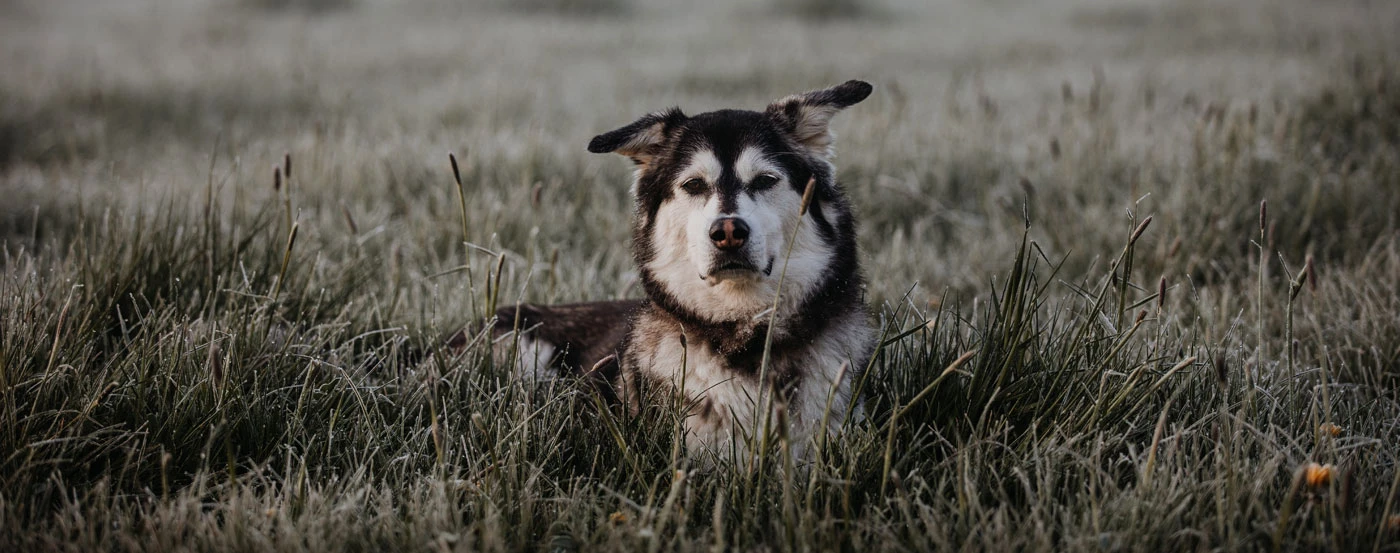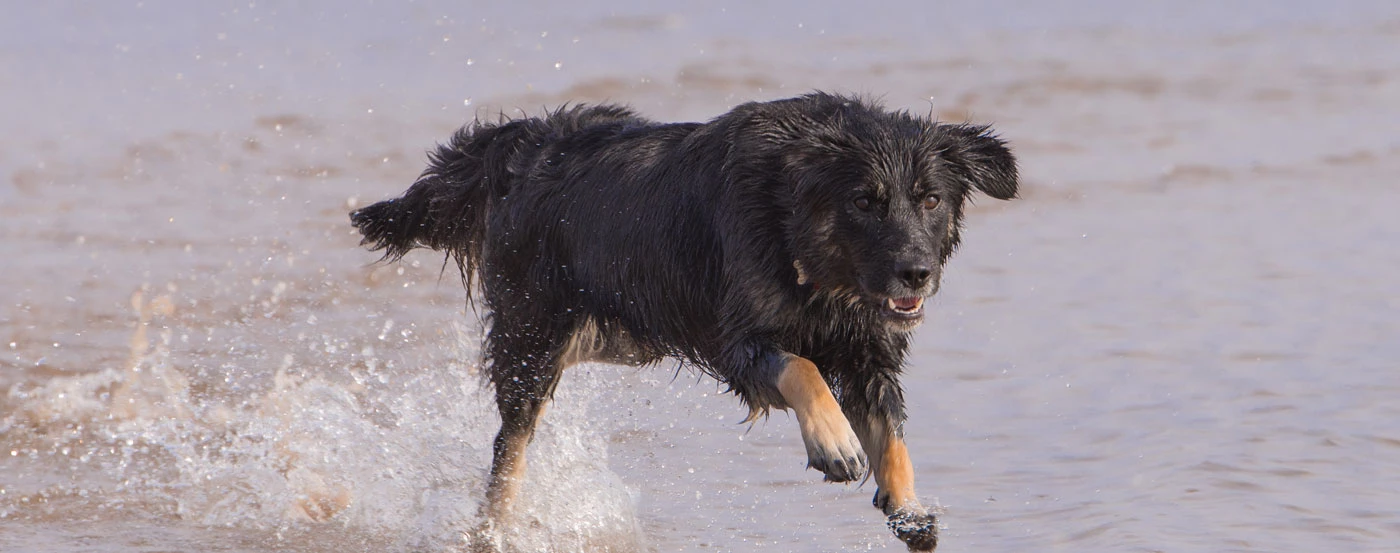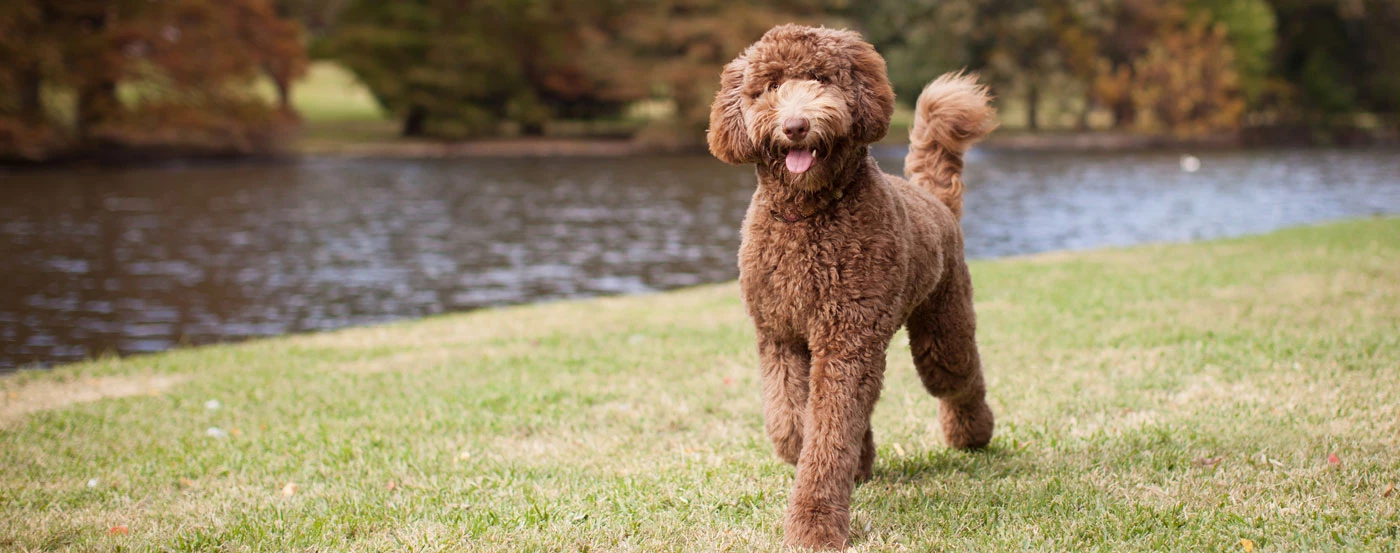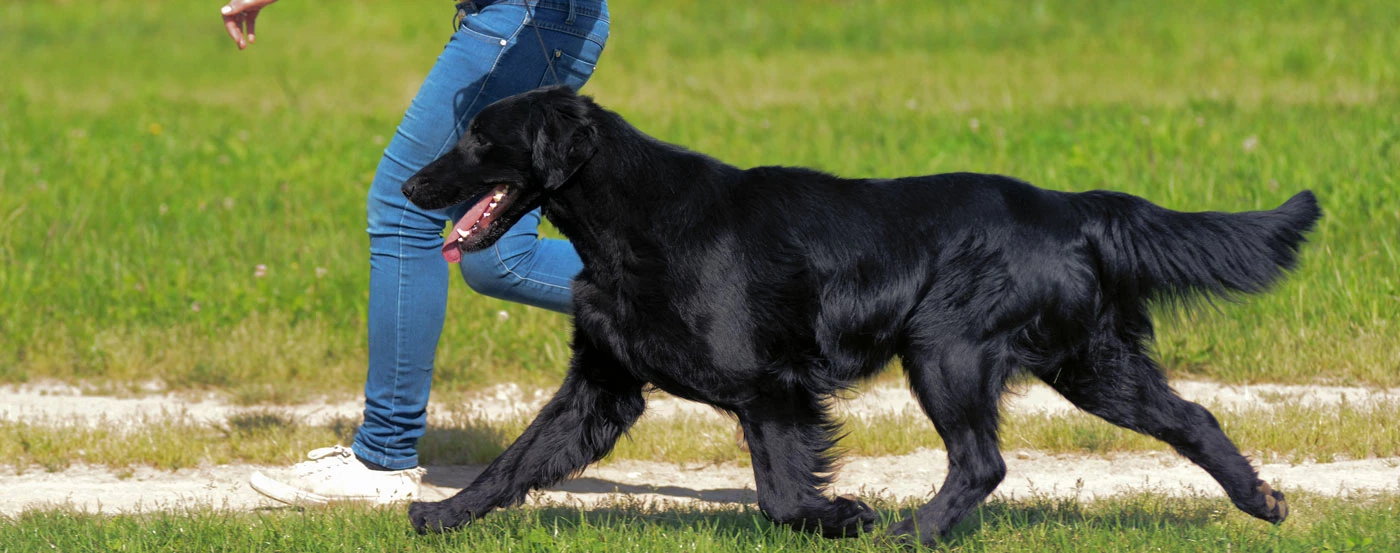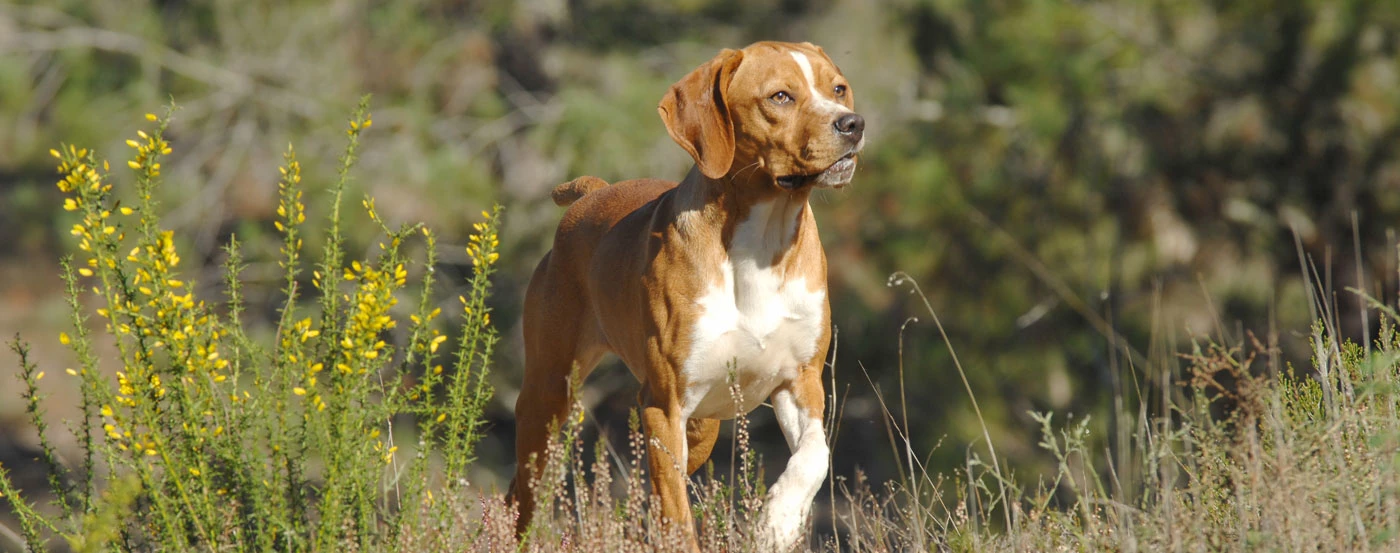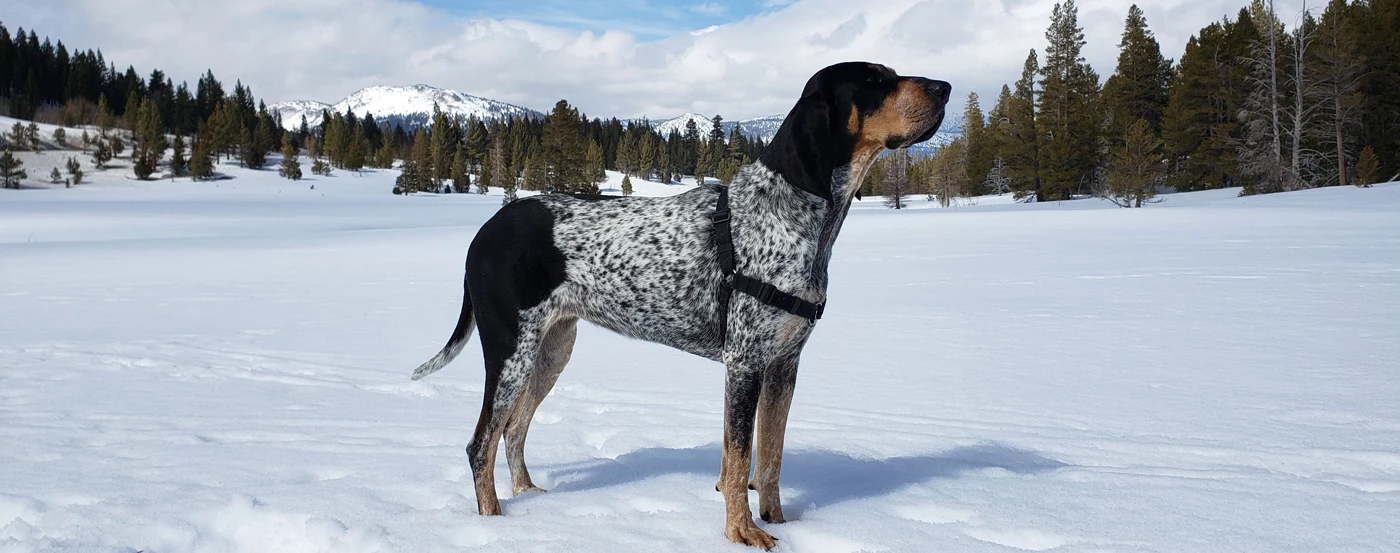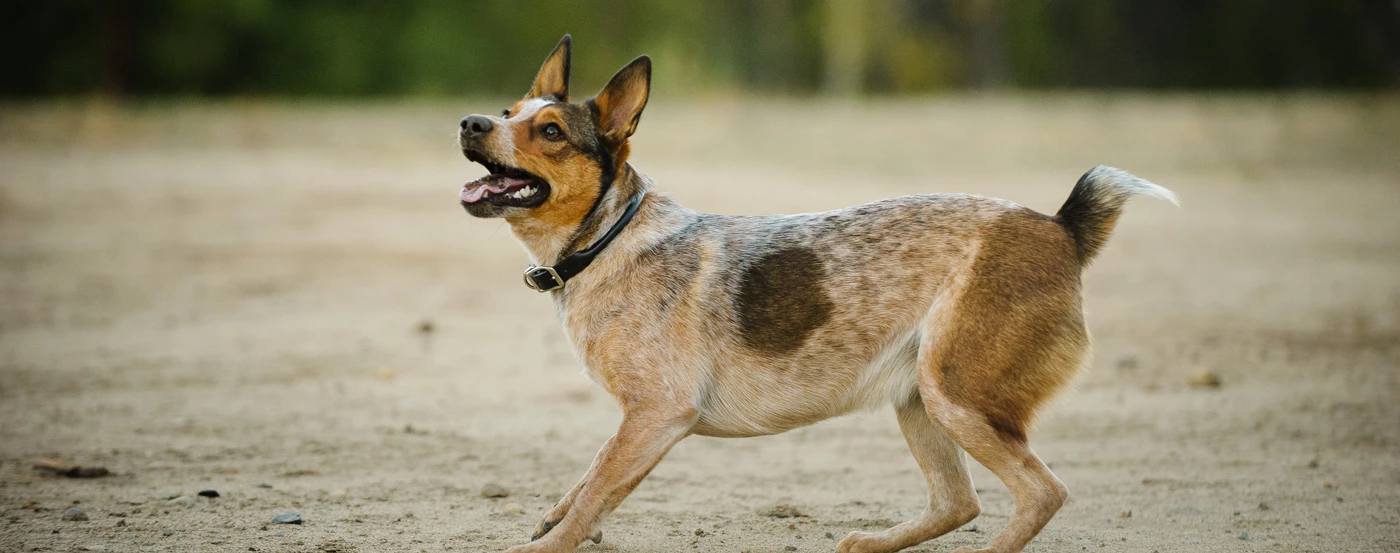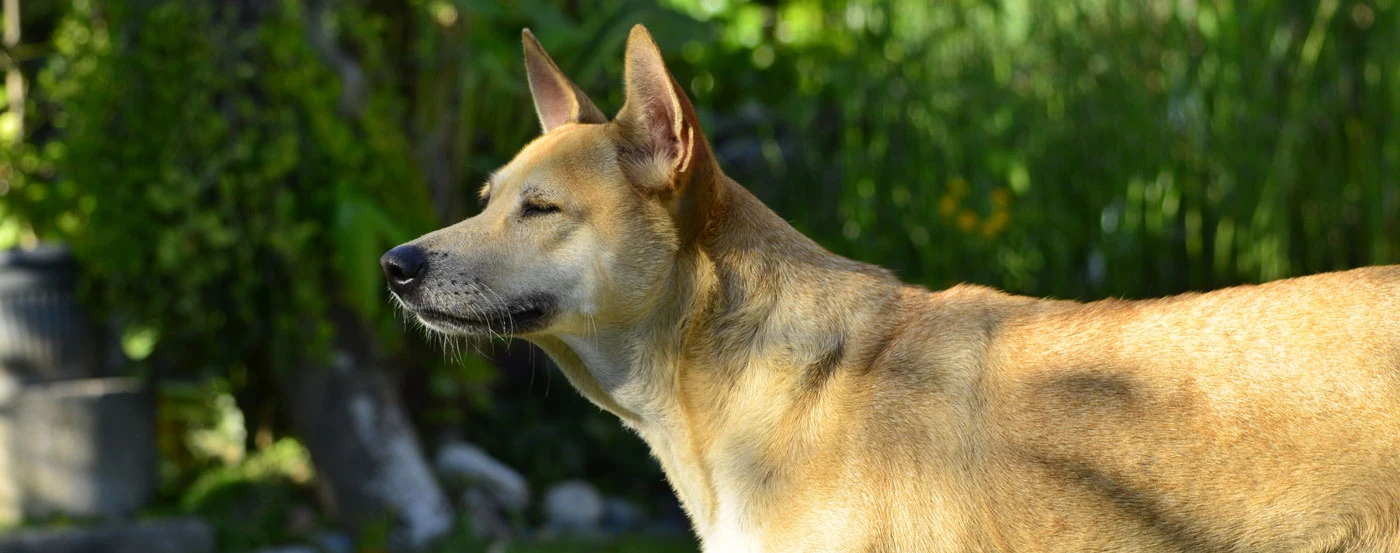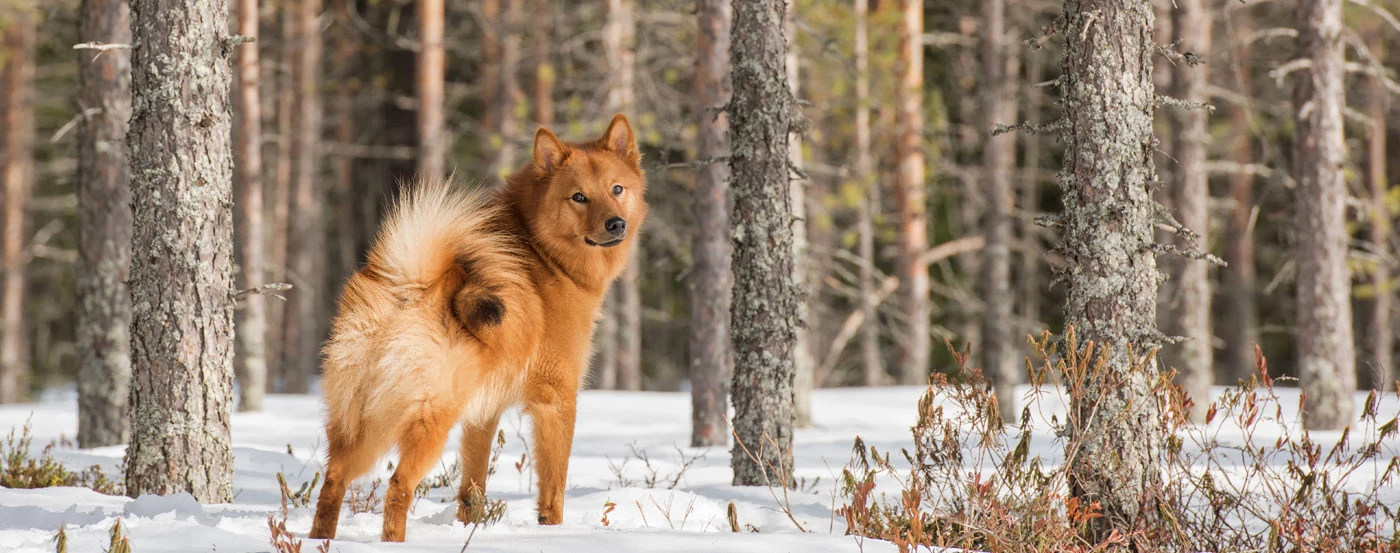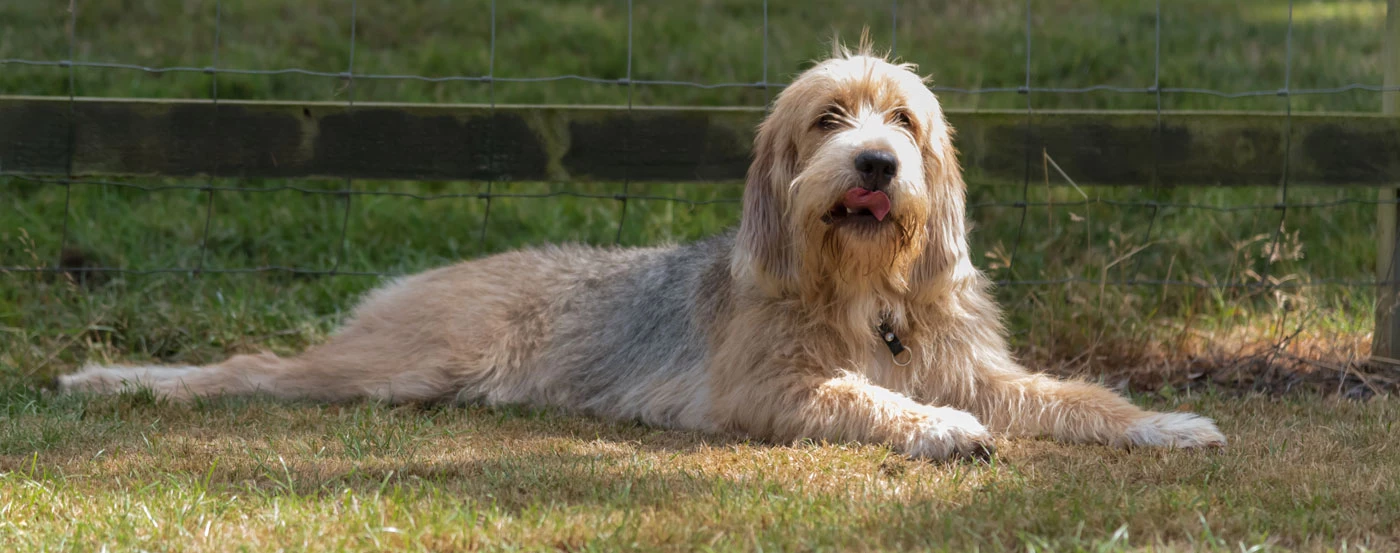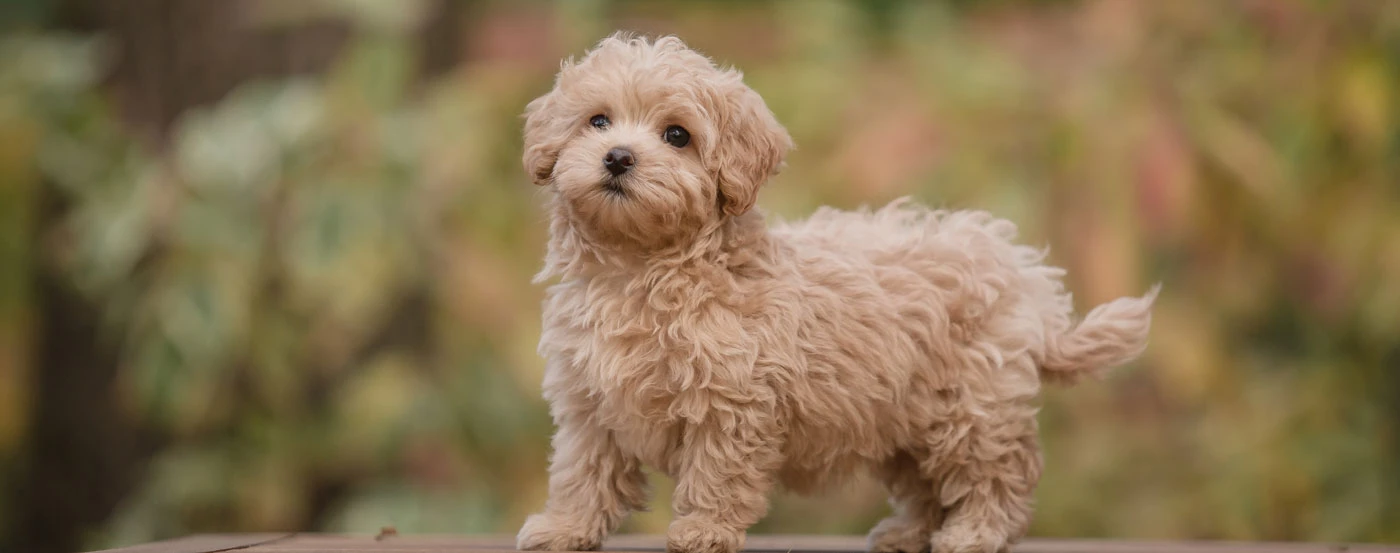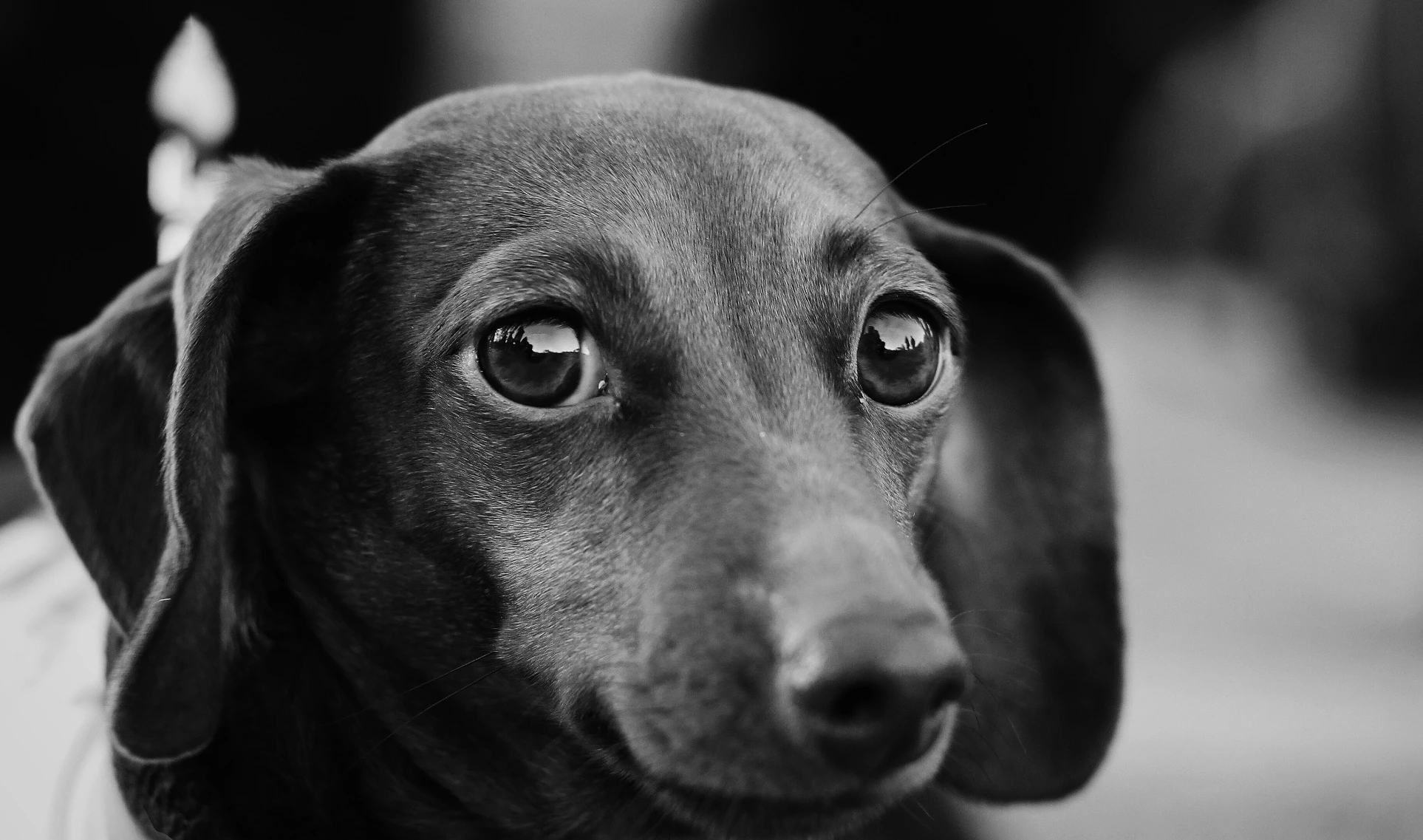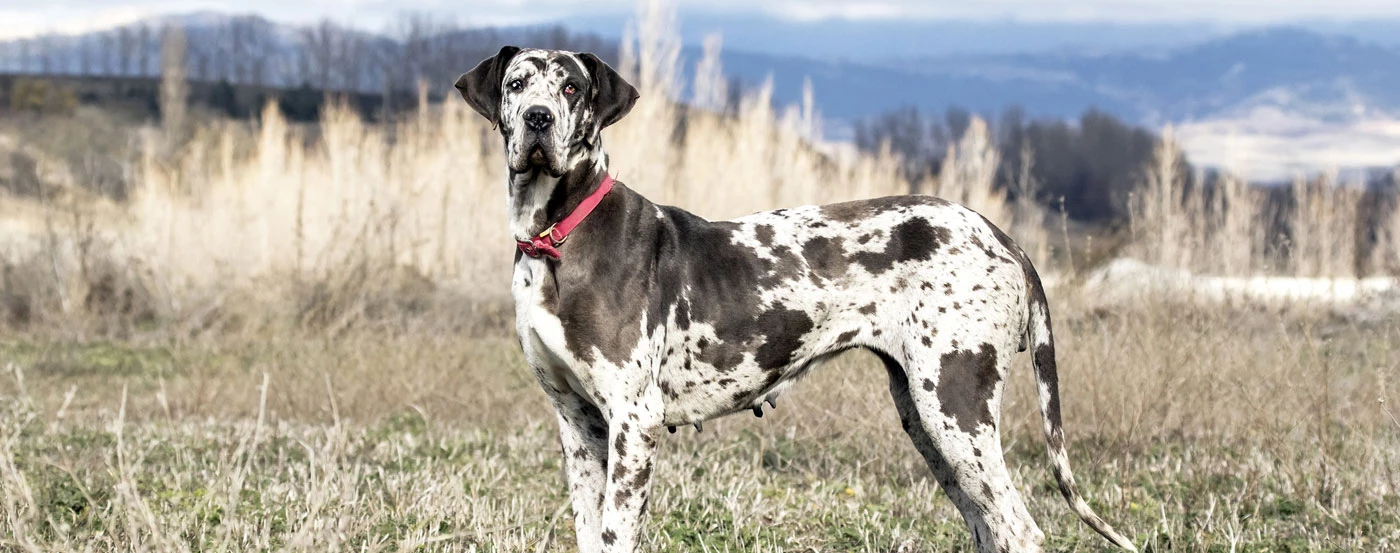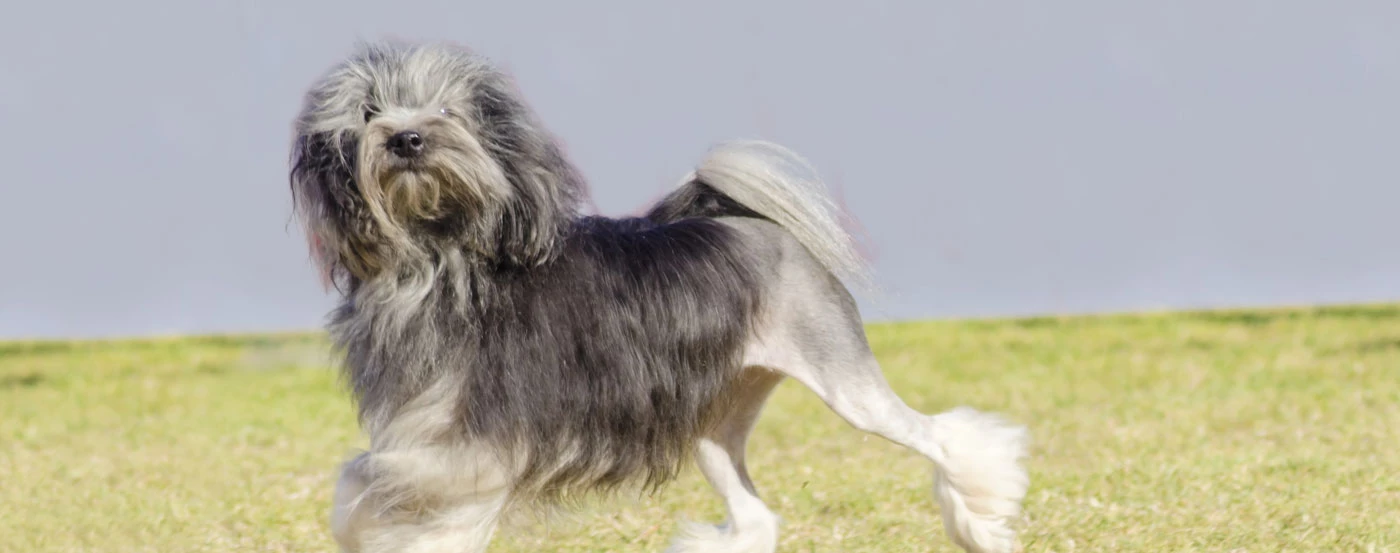About the Afghan Hound
The Afghan Hound is charm personified with its trademark long silky coat and exotic face. One of the most recognisable and oldest dog breeds in the world, it boasts elegance, style, and dignified mannerisms.
If you're considering bringing this beautiful dog into your home, then this Afghan Hound dog breed guide is perfect for you!
From feeding advice and possible health problems to this stunning breed's fascinating origins and history, everything potential Afghan Hound owners need to know can be found right here!
Whether you're currently a pet parent to an Afghan or you're thinking of adding one to your family, read along for a more detailed look at this breed.
Afghan Hound Gallery
What is the history & origin of the Afghan Hound?
The Afghan Hound is an ancient breed and some authorities believe that it's the oldest pure breed! There's even an ancient myth that it was a pair of Afghan Hounds that boarded Noah's Ark, being representatives of the canine species.
The Afghan Hound existed before written history by around a few thousand years and it was developed within some of the most remote locations in the world. These areas are now known as Pakistan, India, and Afghanistan.
Because of this, the exact place and time of its origins will sadly never be known for sure. However, it is known that Afghans were fleet-footed and rugged hunting companions for centuries. They were also the status symbols for aristocrats, tribal chieftains, and royals in the mountain kingdoms of Asia.
This breed didn't make its way into Western history until the late 19th century. English officers who were returning from the farthest corners of the British Empire introduced the Afghan Hound to Europe. By the early 20th century, the Afghan Hound became the favoured breed for the British gentry.
The Afghan was first registered by the American Kennel Club in 1927, but the first litter wasn't born in Australia until 1935.
Who are Afghan Hound dogs best for?
The large size and independent nature of the Afghan makes is better suited as a companion for adults. The breed tends to dislike being followed or played with by children and the quick movements of children tend to agitate the Afghan.
However, if you're willing to put the time and effort into properly socialising your Afghan, there's a chance it will adjust to children and learn to tolerate them. Children should also be taught to handle the dog with respect as early on as possible.
How much grooming does a Afghan Hound need?
Not many dogs have a coat as long as the Afghan Hound's and when properly groomed, it's breathtaking! It has a very fine texture like human hair and is very silky. Apart from the back, the entire body of the Afghan is covered in fur, even the feet and ears.
As you can expect, the long silky coat of the Afghan requires a lot of grooming. A few hours of brushing will be needed each week to prevent mats, and tangles, and to remove debris.
The secret to keeping the coat looking beautiful is ensuring it stays tangle-free and clean. Regular baths with special canine shampoo and conditioner will be needed.
Do Afghan Hound bark much?
The Afghan Hound is not a natural watchdog, so it's unlikely you'll hear them being very vocal. Although your Afghan may bark a couple of times if a stranger enters the house, it's rare for them to bark excessively!
Do Afghan Hound bite?
The Afghan Hound has a naturally calm, dignified, and laid-back nature so they're not known to bite or be aggressive. Although they are laid back, many Afghans like to have their own space, so it's better to leave them to it if they want some alone time.
What is the temperament & personality of a Afghan Hound?
Afghan Hounds are usually one-person dogs. Don't expect this breed to welcome guests with a wagging tail. It's more likely that they'll be given the cold shoulder with a look of indifference from the hound.
This beautiful breed is very self-confident along with an independent streak and a strong will. However, there are times when the Afghan can be a bit ditzy!
What is the weight & size of a Afghan Hound?
When fully grown, male Afghan Hounds usually measure around 68-74cm at the withers and weigh around 27kg. Females are smaller, typically reaching heights of 63-68cm and weighing around 22kg.
The Afghan Hound Club of New South Wales states that anything below or above the standard height is considered a "fault". However, for the average non-showing dog owner, this shouldn't matter.
How much training does a Afghan Hound need?
Although they are known for being smart, when it comes to training the Afghan can be stubborn and aloof. Unless your goal is to train specifically for shows or dog sports, you might find it better to stick to basic household training.
The hunting drive of the Afghan is incredibly strong, so even well-trained Afghans may rebel and refuse to listen to basic commands if they spot prey in the distance!
This breed is very sensitive and doesn't respond well to harsh training. A gentle but firm approach is the way to get the best out of an Afghan.
Harsh handling can result in this breed withdrawing or becoming mildly hostile. Kindness and patience work best with the Afghan. You'll also need to understand that there may be times when the dog just does not want to cooperate!
What are some of the most common health issues for a Afghan Hound?
Like many purebred dogs, the Afghan is predisposed to certain health conditions. But, this doesn't automatically mean your hound will suffer from any of them. A responsible breeder will always be honest and open about the health of their breeding stock.
They should also provide a health clearance demonstrating that the puppy's parents don't suffer from any of the health issues common with this breed, including:
Cancer: Symptoms that could indicate cancer include sores that don't heal, bleeding from any bodily openings, difficulty breathing, or abnormal swelling around a sore. Cancer treatments typically include surgery, chemotherapy, and medication.
Allergies: Allergy symptoms in the Afghan Hound are usually the same as in humans - eye and nasal discharge, sneezing, lethargy, and hair loss. Treatments can vary depending on the cause, but they may include medication, environmental changes, and dietary restrictions.
Hypothyroidism: This is a thyroid gland disorder. Symptoms include bacterial skin infections, lethargy, depression, and chronic ear infections. This disorder is usually treated with diet changes and medication.
Juvenile cataracts: The CERF - The Canine Eye Registration Foundation, states that cataracts are a complete or partial lens opacity. They can also cause vision impairment and even blindness. Depending on how severe it is, cataracts are sometimes surgically removed.
What is the lifespan of a Afghan Hound?
The Afghan Hound usually has a life expectancy of 12-14 years. A healthy and tailored diet, plenty of exercise, mental stimulation, and regular wellness checks can all help your hound to live as long and as healthily as possible.
How much should you feed a Afghan Hound?
Like other dogs, the Afghan Hound should be provided with a diet of high-quality dog food that is rich in protein. Adult Afghan Hounds typically need to eat two accurately measured meals a day, with dry food being supplemented with wet food.
Afghan puppies, elderly dogs, or those who are ill or injured will have different dietary needs, so it's essential to get advice from your vet when deciding on a diet for your dog.
What is the price of a Afghan Hound in Australia?
If you're set on an Afghan, be prepared to pay at least $1,000 for one of these glamorous dogs. Always steer clear of people offering ridiculously cheap puppies as they probably haven't had health screenings and may be bred unethically.
You could contact a national breed club to find reputable breeders near you. Another option is to adopt an adult dog from a shelter.
Pros
- Gentle nature
- Extremely athletic
- High maintenance grooming
Cons
- Stubbornness
- Needs lots of space
- Lots of combing and brushing
